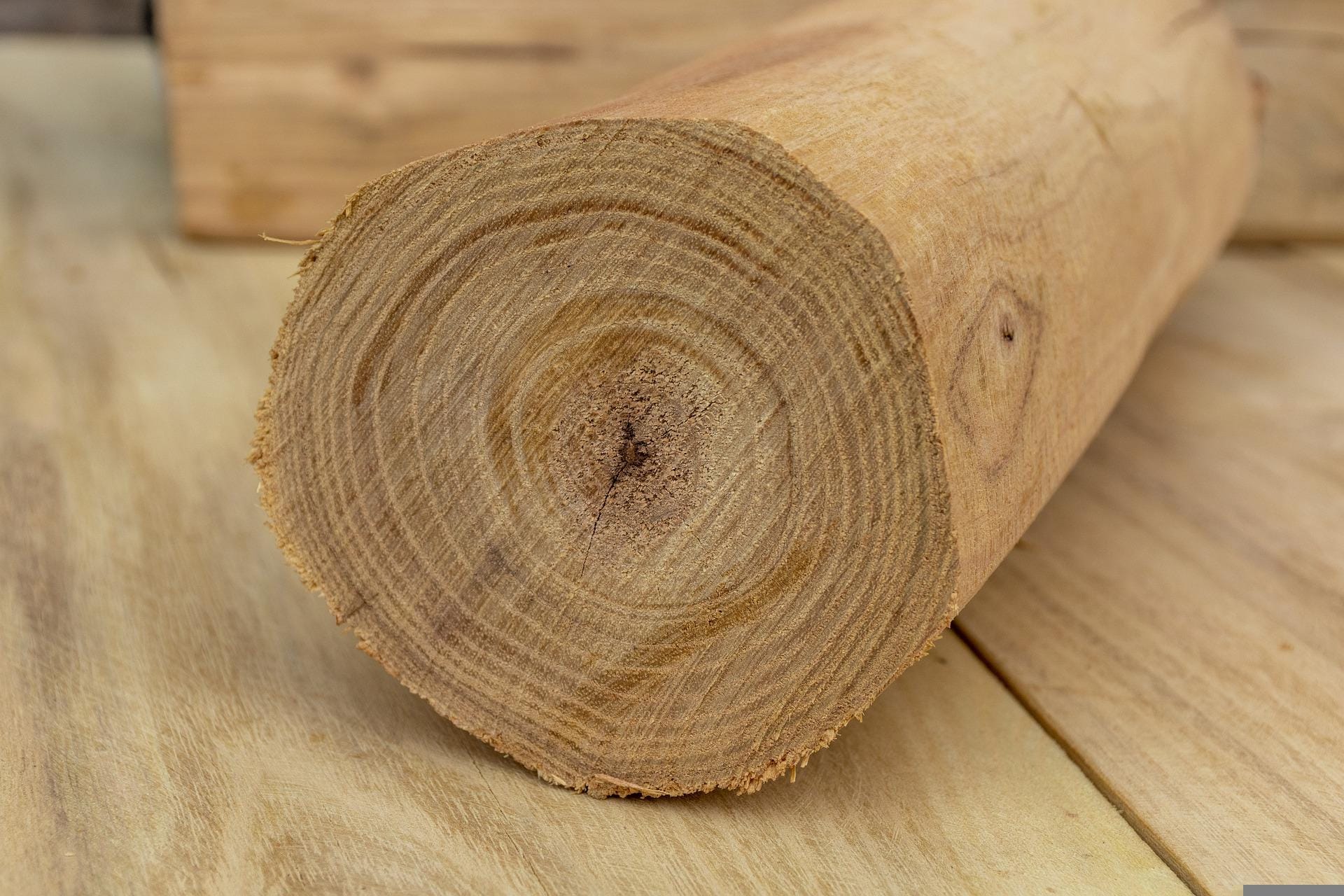A Journey Through Time and Scripture
The Shittim tree, a species of acacia, captivates us with its ancient tale woven through history and ecology. From biblical narratives to modern applications, we’ll explore this resilient tree, delving into its fascinating story and enduring legacy.
Botanical Classification and Desert Adaptations
While often referred to as the “Shittim tree,” this biblical term likely encompasses several acacia species, primarily Vachellia seyal (Red Acacia), known for its distinctive reddish bark. Other species like Faidherbia albida and Vachellia tortilis, also present in the Sinai and Jordan Valley, might have been included under this umbrella term.
These trees, typically reaching heights of 6 to 10 meters, possess thorny branches, feathery leaves ranging from 3 to 10 cm in length, and vibrant yellow blossoms about 1.5 cm in diameter. These features hint at their remarkable adaptations to arid environments. Their deep root systems, burrowing deep into the earth, allow them to access scarce water sources, while their sharp thorns deter hungry herbivores.
A Sacred Wood: The Shittim Tree in the Bible
The Shittim tree holds a prominent place in the Old Testament, particularly during the Israelites’ exodus from Egypt. The Hebrew terms “Shittah” (singular) and “Shittim” (plural) appear throughout the Tanakh, often referring to the wood used in constructing the Tabernacle—the portable sanctuary that housed the Ark of the Covenant.
God specifically instructed Moses to use Shittim wood for the Tabernacle’s framework, coverings, altars, tables, and other sacred furnishings (Exodus 25-27, 36-38). The wood’s durability and reddish hue likely held symbolic significance. Its resilience in the face of harsh desert conditions may have mirrored the Israelites’ faith and endurance. Moreover, choosing a common tree for such sacred purposes could symbolize God’s presence in the everyday.
Beyond the Sanctuary: Historical and Cultural Significance
The Shittim tree’s importance extends beyond its religious context. Historically, its strong wood has been utilized for carpentry, construction, and toolmaking. Traditional medicine has also benefited from its bark and gum, believed to possess healing properties.
Furthermore, some acacia species, potentially including those referred to as Shittim, are sources of gum arabic—a natural product used in food, pharmaceuticals, and various industries.
The tree’s historical presence is further echoed in biblical place names. “Abel-Shittim,” meaning “meadow of the Shittim,” was the Israelites’ final encampment before entering the Promised Land (Numbers 25:1). This place name suggests a significant presence of Shittim trees in that region.
A Legacy of Resilience: The Shittim Tree Today
While most prominently known for its biblical significance, the Shittim tree continues to play a crucial role in its native arid ecosystems. Its deep root systems help stabilize the soil, preventing erosion and desertification. The trees offer vital shade for animals seeking refuge from the scorching sun, and their leaves and pods can provide nourishment.
Furthermore, many acacia species, like the Shittim, improve soil fertility through nitrogen fixation. This process, facilitated by bacteria residing in their root nodules, converts atmospheric nitrogen into a form usable by plants, enriching the soil and supporting surrounding plant life.
Research on the Shittim tree and its various species continues to unveil its potential. Scientists are exploring new applications for gum arabic in fields ranging from medicine to nanotechnology. Sustainable practices may also find uses for Shittim wood, drawing on its historical durability and strength.
The Shittim tree, a symbol of resilience and resourcefulness, continues to captivate us with its enduring legacy. From its sacred role in ancient scriptures to its ecological importance in fragile ecosystems, the Shittim tree reminds us of the interconnectedness of nature, history, and human experience.
















